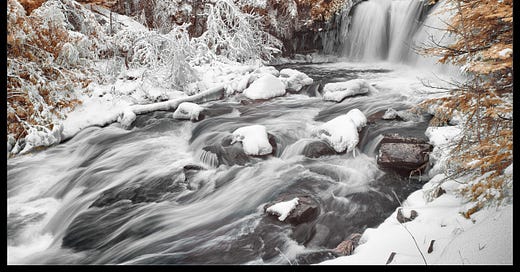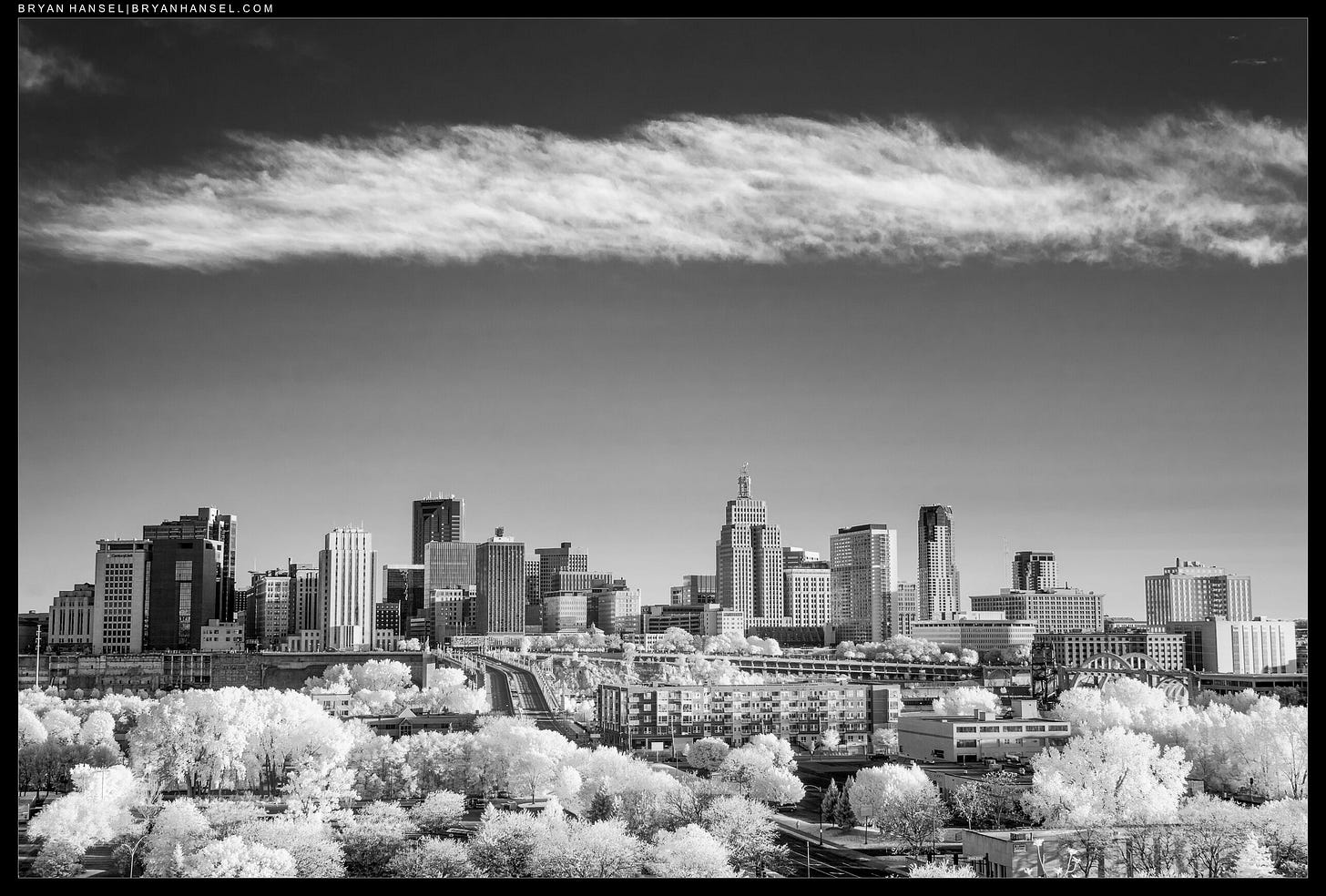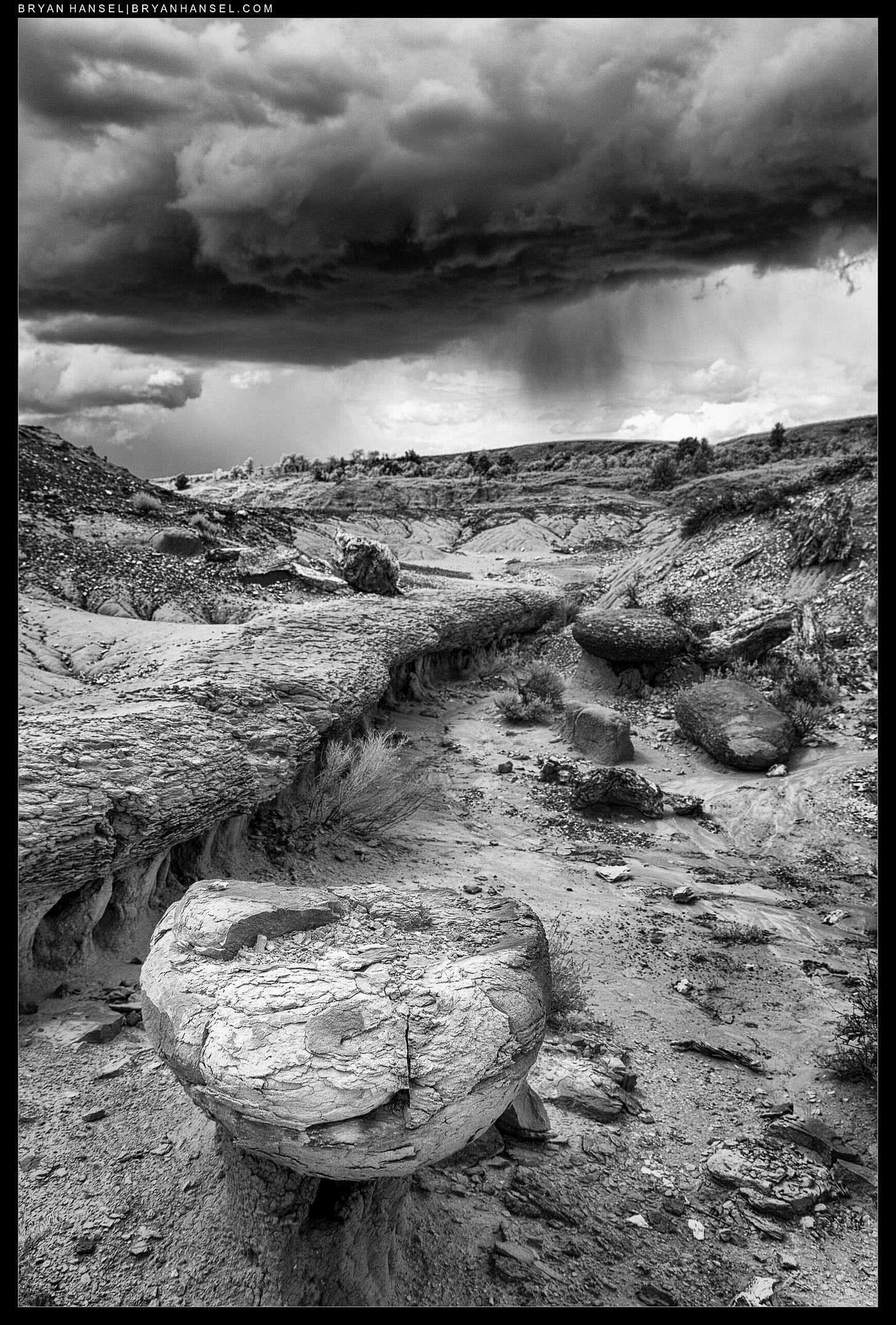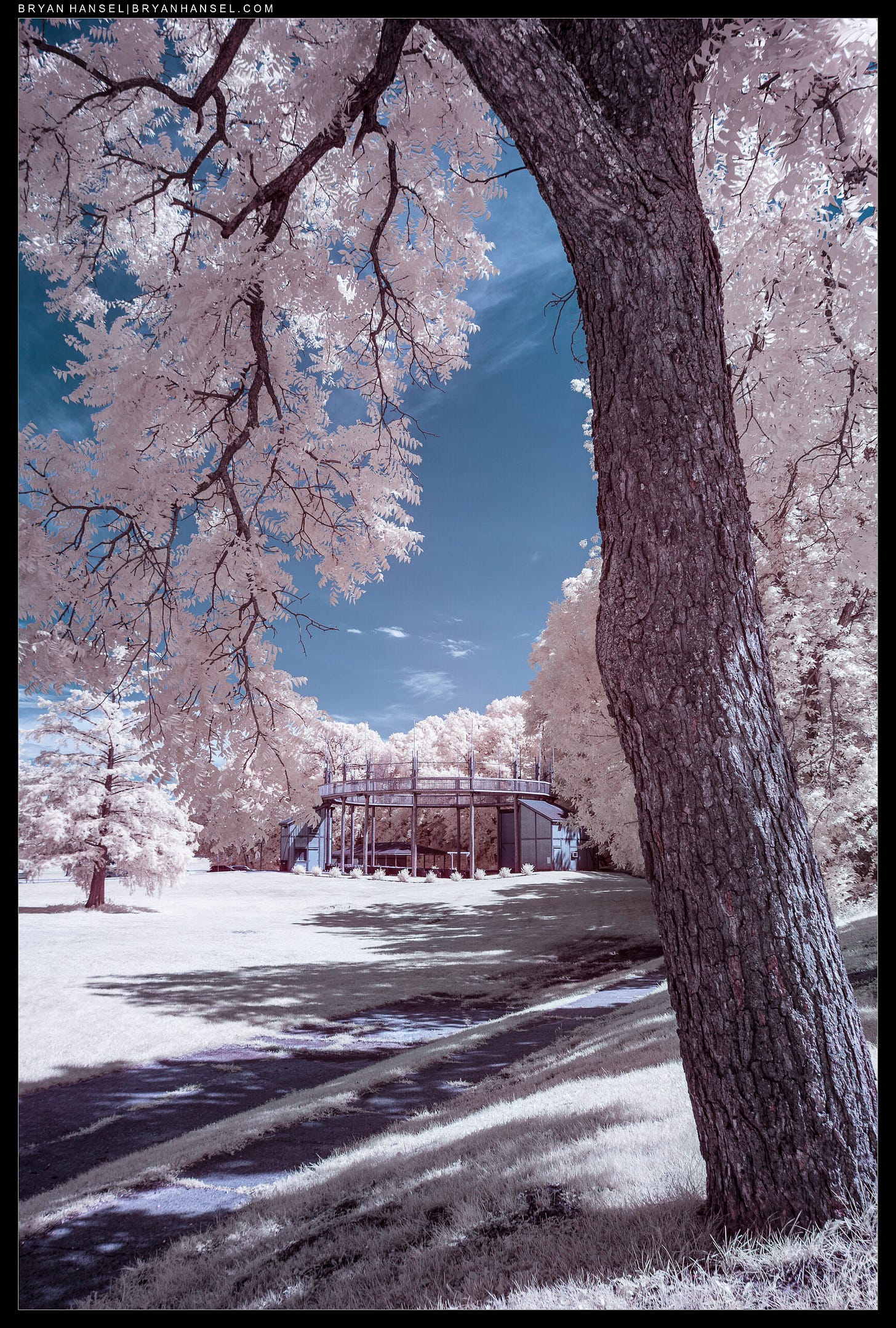Last newsletter, I wrote about the Creative Nature Photography Summit that I’m speaking at. I also wrote that I’m going to issue an extra email this week about how I got into infrared photography. That’s below. For the summit, I’m giving a presentation about infrared photography titled “Creative Seeing in Infrared: Exploring Nature Through a Different Lens.” The presentation is about getting started in infrared photography and using archetypical composition to help you learn infrared photography. It also covers how to shoot for black and white infrared. My presentation will be available on Friday, May 30th. To attend, you’ll need to sign up for the summit and then you’ll receive a link via email to my presentation on the morning of the 30th.
The Creative Nature Photography Summit is an online summit that has been going on since May 19th. The summit is free and each day there’s a new speaker. There’s an option to upgrade and be able to access all the presentations all at once. That way you can watch all the presentations when you want. I’ve been watching the presentations and have enjoyed it.
My Infrared Journey
My journey with infrared, like my journey with photography, began in the 1980s when I was in high school. I had a buddy who loved to shoot infrared. I’m not sure how many rolls he shot, but I shot a few. I remember that infrared film was more expensive than the black and white film that the school provided for cheap, so I didn’t shoot much of it. I enjoyed it, but because of the extra expense I stuck to black and white. I lost all my old negatives during my last move otherwise I’d scan some examples to show.
After high school I moved on from infrared (and many other things), but there was always this idea in my mind that I wanted to get back into infrared at some point. I followed infrared photographers and enjoyed their work.
Flashforward decades to 2017 and a friend of mine was getting into infrared, and he wanted me to embrace it so he gave me a Sony R7m2 that was converted to 590nm (nanometers). Nanometers is how we measure the wavelength of light. It’s one billionth of a meter. Visible light, which is what we see, runs on the light spectrum from about 400nm to 700nm. A 590nm conversion means that the original camera’s filter that was blocking out IR light from hitting the sensor was removed and a new one was added that blocked everything under 590nm. This conversion allowed some visible light and all of the near IR light to hit the sensor. The thermal IR isn’t captured.
Here’s my first photo from that camera that I liked.
The interesting thing about 590nm is that it gives you vibrant colors and a lot of flexibility to change the colors. It also gives great black and white. The following are two examples from St. Paul. It’s the same photo. The first processed for “false color” and the second processed as black and white.
My buddy’s plan with giving me a infrared camera was both generous and also a little self-serving. He really wanted to learn infrared and was struggling with it. He knew I was interested in it, and he wanted me to learn it well enough to be able to teach infrared photography via a photo workshop so that he could attend. I eventually learned enough and experimented enough that I felt good enough to teach an infrared photo workshop. Unfortunately, he had passed away before I offered it.
I eventually moved on from the Sony and tried a 830nm conversion, which is strictly black and white. I didn’t like it. My current camera is 665nm, which gives slightly duller colors than the 590nm. My next camera will be a full spectrum conversion and I’ll use filters to get to the nm that I want in my photos. I’ll speak more about that during the presentation.
What I love about infrared is that it is a perfect compliment to landscape photography. For landscape photography, I typically shoot at sunrise and sunset and during the golden light near those times. Infrared works great during the midday when the sun is high and the sky partially cloudy.
So, it’s something that keeps you shooting all day long.
I also love that it allows us to see something that our eyes aren’t able to see, and I love that the photos look ethereal and otherworldly. It’s fun to mess around with.
For infrared conversion, I highly recommend getting a conversion from Kolari Vision. Here's my affiliate link: https://kolarivision.com/?ref=150. That gets me a commission without costing you anything. I'd suggest converting a mirrorless body and using their magnetic filter system to get the spectrum that you want. Hint: You likely want 590nm, IR Chrome Lite, UV/IR Cut with H-alpha pass (for night photography).
I hope you can join me for my presentation. Click here to sign up. It’ll air on May 30th and it’ll be available for 24 hours after it airs.
Until next time
I hope you enjoyed this extra newsletter. I’ll get back to my regular essays this Sunday. See you again in two weeks.
Here’s the parting shot of a Shakespeare inspired theater in Iowa City.









Really enjoyed your story — especially the part about 590nm vs. 830nm and how IR fits into midday shooting. Super inspiring stuff.
I just started experimenting with IR (760nm) and shared a few shots from Versailles here:
https://henriqueoli.substack.com/p/colors-we-cant-see
Your talk at the creative nature photography summit was excellent! Very informative and helpful! I'm seriously considering getting a camera to convert to either 590nm or full spectrum. I'm wondering where you have had your conversions done or where you might recommend?